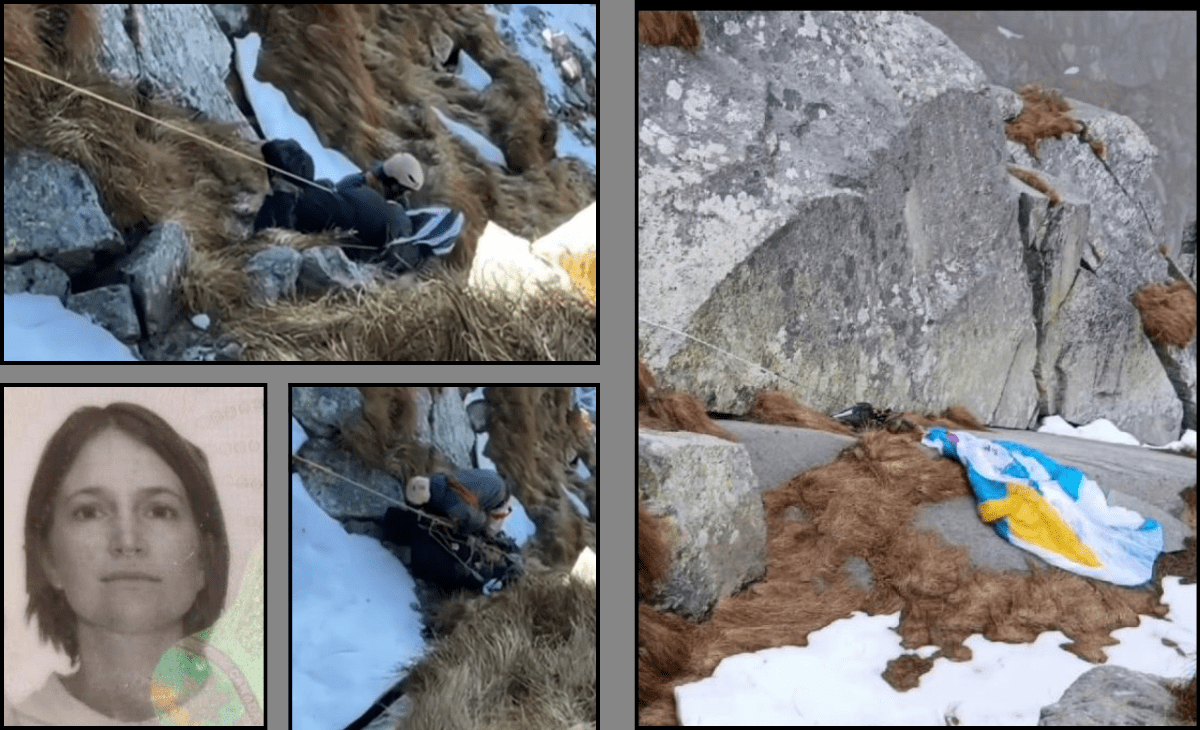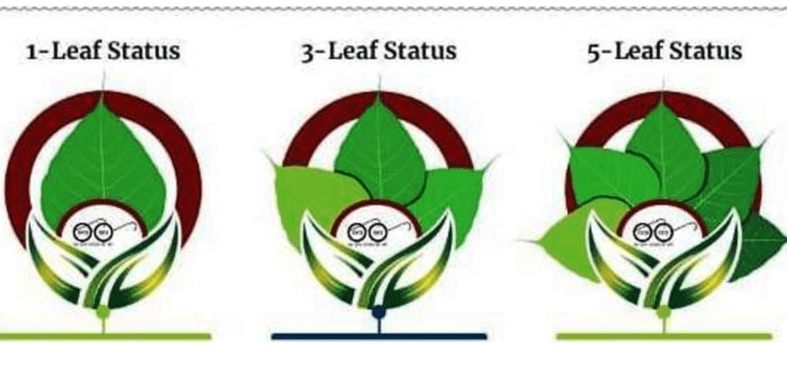In an extraordinary wildlife discovery, the critically endangered Woolly Flying Squirrel (Eupetaurus cinereus) has been spotted in Lahaul-Spiti district of Himachal Pradesh after nearly seven decades.
Scientists and forest officials thought the flying squirrel had gone extinct long ago. The rare sighting occurred in the remote Mayar Valley during a routine snow leopard monitoring programme conducted by the Himachal Pradesh Forest Department.
Camera traps capture elusive species
The remarkable images were captured between October and December 2023 through camera traps installed as part of the Snow Leopard Population Assessment in India (SPAI) initiative.
Wildlife officials confirmed that this marks the first photographic evidence of the species in the region since the 1950s.
The survey, conducted in collaboration with the Nature Conservation Foundation (NCF), deployed 62 camera traps across the challenging high-altitude terrain with assistance from local villagers.
Shared habitat with snow leopards revealed
The discovery suggests the flying squirrel may share its habitat with snow leopards, providing new insights into the region’s ecosystem.
Considered extinct for decades until its 1994 rediscovery in Pakistan, this sighting confirms the presence of the species in Indian territory.
The arboreal rodent, known for its unique gliding ability and thick woolly coat, is specially adapted to survive in harsh Himalayan conditions between an elevation of 2,400 and 3,600 metres.
Forest officials announce conservation efforts
Forest officials have announced plans for dedicated conservation measures. “This rediscovery underscores the ecological richness of our Himalayas,” said Amitabh Gautam, Principal Chief Conservator of Forests (Wildlife).
The department will conduct population estimation studies and habitat protection initiatives. Environmentalists have hailed the finding as a testament to the success of long-term monitoring programs in the fragile Himalayan ecosystem.
The sighting has generated excitement among conservationists worldwide, offering hope for the protection of this enigmatic species and highlighting the importance of continued wildlife monitoring in remote mountain regions, said an official.
Sunil Chadha












